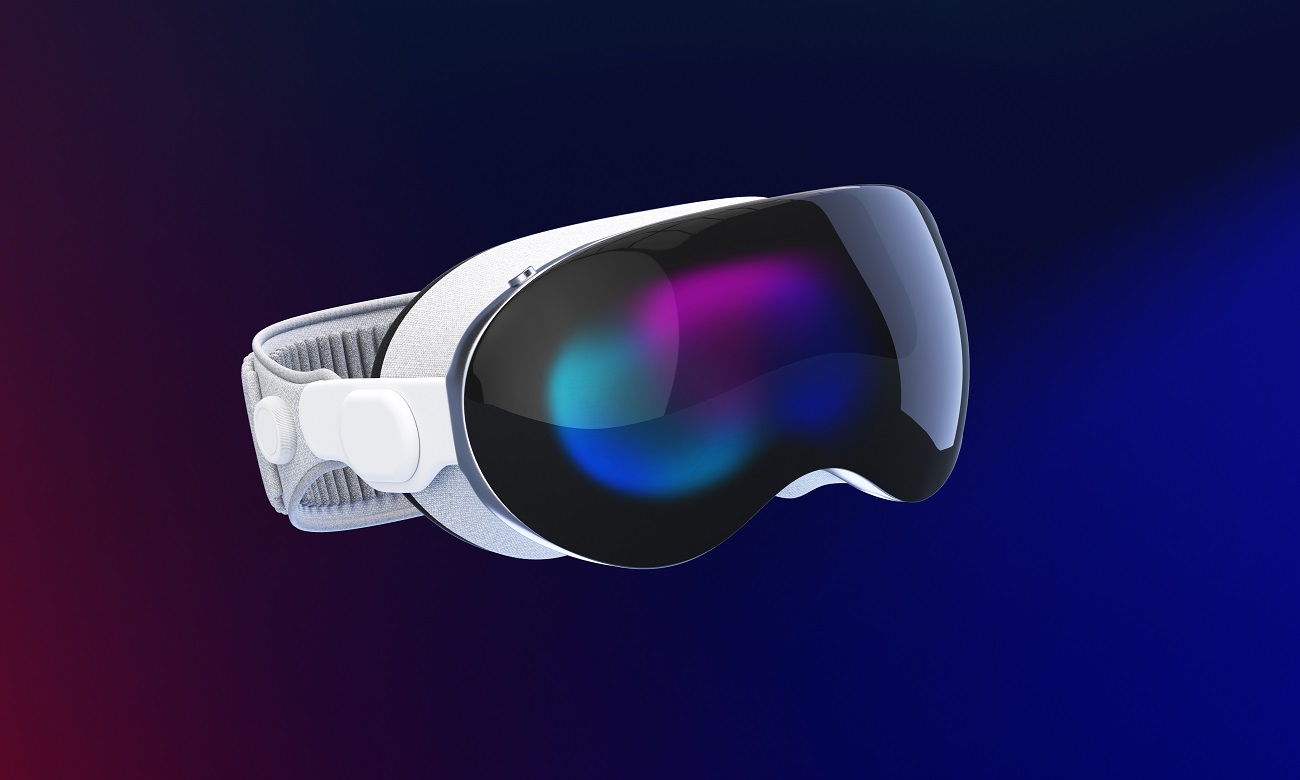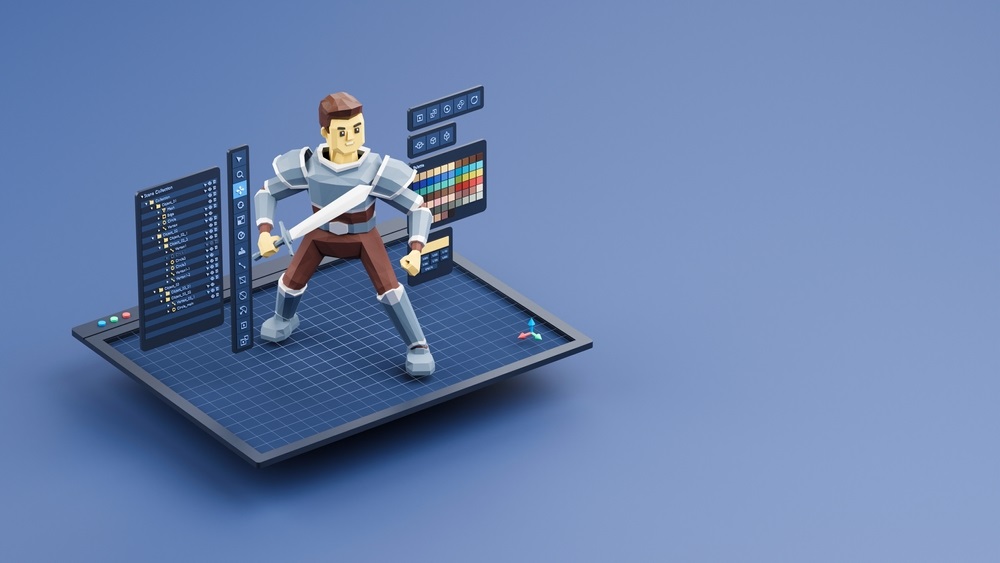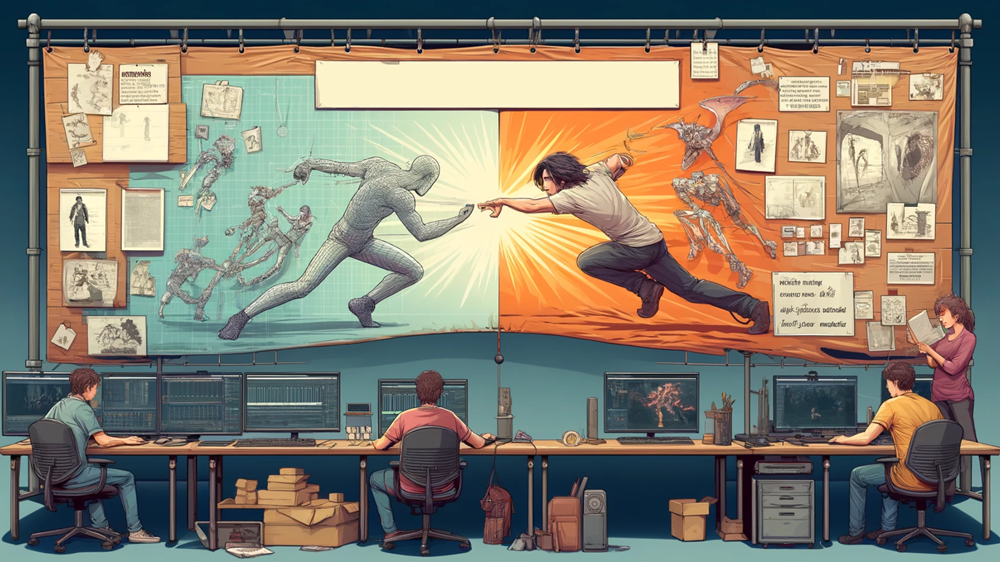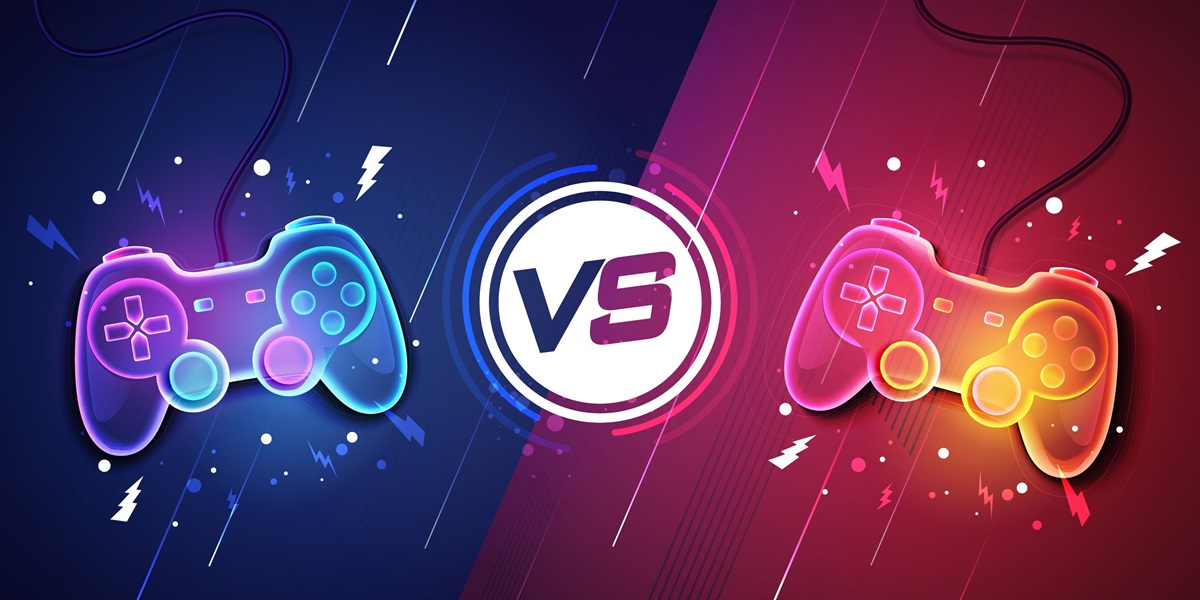Apple Vision Pro: Features that are Redefining Immersive Experiences
Let’s talk about the new piece of hardware candy on the block – the Apple Vision Pro. Reigning in at a price tag of $3,499, this VR and AR headset has got Apple written all over it.
It’s got the same state-of-the-art capabilities many have come to expect from Apple products, and it promises to deliver a lot: Albeit for a price that’s on the steeper end when it comes to an industry yearning for consumer-friendly headsets and XR products.
The Apple Vision Pro is the company’s take on ‘spatial’ computing and processes and is poised as an AR device instead of a new virtual reality headset. Which it has set out to do quite marvelously.
As the number of headsets in the global market is growing by the millions every year, and the market size is expected to cross $26 billion by 2027.
For now, Apple’s latest project is touted for an early 2024 release. And going by the features revealed in the demos shown by Apple, it’ll be an essential segue for the AR and VR industry into a new direction.
Spatial Computing and Apple Vision Pro Specifications
During the demo at WWDC 2023, which grabbed millions of eyes, one key aspect which stood out to most was the emphasis on its ‘Spatial’ capabilities. It was introduced not as just any VR or AR headset but as one of the most advanced spatial computers.
According to the enterprise, around 5,000 patents went into creating Apple Vision Pro, and it’s got dozens of advanced specifications to boot. Notwithstanding the benefits and advantages that it can enable, such as in AR and VR for B2B industries.
Let’s take a look at what allows spatial computing in headsets with a focus on Apple Vision Pro:
✔️Augmented Overlay and Display:
As a headset geared for spatial computing, one of the most critical aspects for enabling this would be the overlay that will display information in front of the eyes of the users.
It will blend both the person’s view of the real world with graphics and contextually added simulations, essentially, digital elements with respect to their environment. It will then add depth and further information for what the person is seeing based on the programming and settings on the headset.
✔️Depth Sensing:
Headsets tailored for spatial computing in reference to the Apple Vision Pro are equipped with numerous cameras and sensors, including LiDAR sensors which are crucial in getting a sense of the person’s environment.
These depth-sensing technologies rely on 3D mapping to assess and recreate the objects and surfaces around a person. So that they can view and have other elements in their peripheral vision interact with the same. It helps provide a more realistic and accurate experience.
✔️SLAM
SLAM, short for ‘Simultaneous Localization and Mapping,’ is a digital technology in spatial computing headsets that are essential in helping the device adjust to a person’s environment.
It specifies its position and orientation so that the digital objects and all the bits of information displayed on the overlay stay grounded. Anchored, in essence, as it contributes to the virtual experience when then the user moves around while watching the real world around them.
✔️Gestures
In addition to helping the headset map all that is in the peripheral sight of the user, spatial computing, such as in headsets like the Apple Vision Pro, also uses the cameras and sensors for gestures.
It is, namely, recognizing the gestures from the hand movements, swipes, and other natural actions being done by the person. This is one of the most immersive aspects enabled by spatial computing, as it allows users to manipulate the digital objects they see through their display. In a manner that’s fluid and most familiar.
Overall, spatial computing improves the quality of virtual reality headsets by making them more immersive and intuitive. These headsets can precisely identify the user's surroundings and smoothly incorporate virtual aspects into the actual world by using technologies like as LiDAR, spatial mapping, and depth sensing.
As a result, owing to virtual reality development, users may walk around and interact with things and engage with digital material in a more natural way. Resulting in a more believable and dynamic experience.
A Closer Look: Key Apple Vision Pro Features to Watch For
The Apple Vision Pro, going by the demos and announcements, is a groundbreaking spatial computer and headset. It effortlessly merges the digital realm with our physical surroundings, all while fostering connectivity and presence with others.
This also marks Apple's debut in the burgeoning sphere of spatial computing, as the device aims to craft immersive, interactive encounters that transcend conventional screens like those on other headsets.
Like a VR revolution of sorts, combining new technologies. Here are some pivotal features of the Apple Vision Pro:
✔️visionOS
Building on existing proprietary operating systems from Apple, the visionOS is an operating system that’s specifically tailored for spatial computing needs.
It’s vital for their Apple Vision Pro project, and the company has already started giving access to Devs in select countries like UK, Germany, Japan, and Taiwan, including where its HQ is located.
They will also unroll dev kits that will be available for developers to test out the new features as the months roll by. And we get closer to the official launch in early 2024.
✔️The Vision Pro Camera
According to the demo we all saw, Apple Vision Pro's camera is Apple’s first 3D camera which outfits their new headset. It reportedly captures videos and images in 3D, but not the likes of stereoscopic 3D technology that most of us are used to.
Owing to the new immersive features under the hood along with spatial audio, these images and videos can then be viewed in the headset in an enhanced 3D format reserved only for the device.
Furthermore, the LiDAR sensor coupled with this camera allows Apple Vision Pro to study a person’s surroundings and create models of the objects and environment.
Similar to VR used in real estate, these scans can be reproduced later on other devices and shared or edited as necessary, enabled by the Apple Vision Pro’s storage capacity going up to 2TB through SSDs.
✔️FaceTime
Another amazing feature presented by Apple Vision Pro is the inclusion of FaceTime which will ensure more life-like video calls and discussions. This will make meetings far more meaningful for all the people involved as the tiles that one would see, would be life-sized.
Not like those small tiles we usually see on computers and even in a VR interface.
As more people join, the feature is equipped to deal with multiple users who will expand the interface and include the faces of other users within the viewer’s room.
And, using the apps that will be made available for the headset, people using the Apple Vision Pro will also have the chance to collaborate with their colleagues like if they are working on something together and more.
✔️Display System
Though virtual reality replacing travel is far from becoming a possibility, the Vision Pro from Apple might come pretty close to it. That’s because the Apple Vision Pro will ship with one of the clearest and most stunningly powerful display systems that the world of VR and AR headsets has ever seen.
The resolutions for the OLED display for both pair of eyes will be quite high, considering how Apple claims it will support 23 million pixels in total across them both.
The displays are postage-sized but it’s predicted that they will offer nearly 4k-like display resolutions and clarity to each eye of the user – which is quite a leap over existing hardware.
And of course, the display system running on the Apple Vision Pro will have the best in color accuracy, contrast, field of view and the lowest latency for optimal use. Owing to Apple Vision Pro’s RAM of blazing fast 16GBs.
✔️Spatial Audio
This remarkable feature of the Apple Vision Pro will allow it to craft a lifelike soundscape that will envelop the user. It will synchronize with their head movements for an immersive experience, whether a person is engrossed in a movie, gaming, or enjoying music.
From what many saw in the demo from Apple at the WWDC 2023, the headset will engender a sensation of being right within the heart of the action. Furthermore, spatial audio will also elevate moments of communication and teamwork, presenting voices of fellow users as though they're all in one room.
✔️Design
The design of Apple Vision Pro, like many of its features and capabilities, represents the coherent vision that has gone into creating the device. The Apple Vision Pro weight is somewhere around 500 to 600 grams.
But it is incredible in its own right; in that it allows Apple to encompass some really advanced pieces of technology into a compact and light form. The laminated glass in the front is fabricated using 3D resources and it doubles up as an optical surface.
Here, it houses the cameras and sensors that view both sides of the device, that is, the world outside the headset and also the user wearing it. The aluminum alloy frame is lightweight, and helps to seal out the light as part of the supporting structure – all the while curving inwards to match the contours of a person’s face and to ensure a comfortable fit.
Apple Vision Pro Features Will Revolutionize User Experiences
These are some of the key features of the upcoming Apple Vision Pro that’s slated to release early next year. There’s no doubt that it contains a lot of industry-leading technologies that many have come to expect from Apple’s products.
Yes, there are cheaper and more affordable alternatives in the market that may not rival all of these capabilities. But similar to Meta’s upcoming Quest and other headsets, we may yet see a ‘non-pro’ version of the Apple Vision Pro somewhere in the future. As an alternative geared for the consumer-friendly segment of the VR and AR markets.






